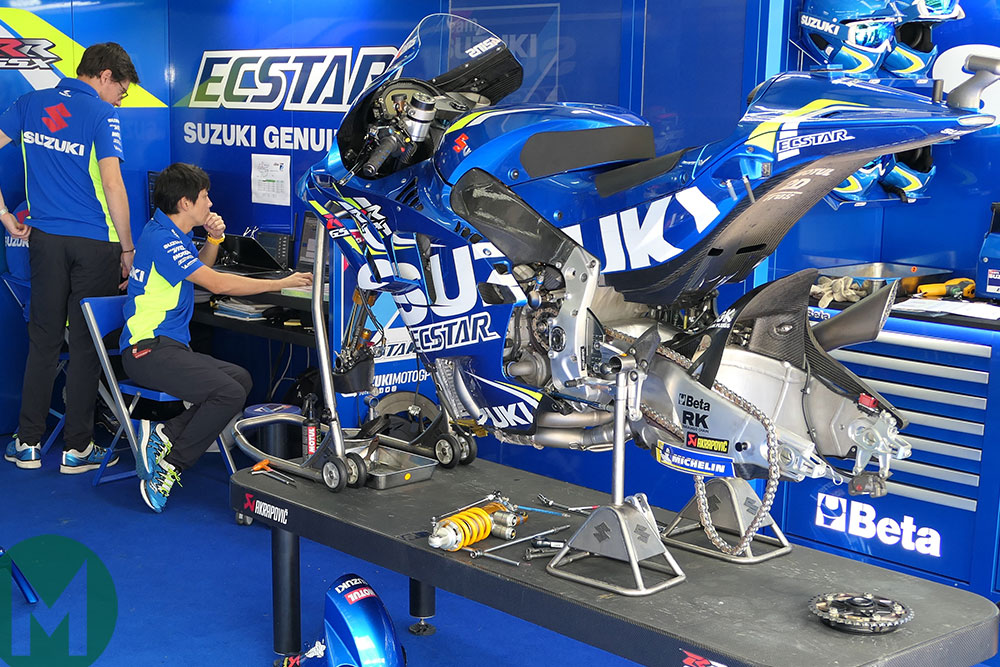MotoGP racing bikes are prototypes, which means that they are not mass-produced. This motorbike is equipped with a variety of very sophisticated electronics. So sophisticated that this motorbike is arguably like a robot.
The electronics on a MotoGP bike are not just about engine control. However, it also relates to other elements, such as traction control, and other controls. The engine power on the motor increases, as does the tire grip. However, it is still very difficult to make the motorbike turn properly in corners without the help of electronics.
The electronics in MotoGP bikes can function as artificial brains. This brain will record the telemetry data of each motor used on the track. It also includes the accelerometer and gyroscope, which allows the position of the motor is known at any time. The switchboard will control data such as the turning speed of each wheel independently, the position of the accelerator, the movement of the suspension, the tilt angle of the motorbike, and others. In total, the average MotoGP bike has 26 different sensors.
Thanks to all this information, the software can manage various programs to control machine behavior. Thus, it obtains benefits such as traction control, anti-wheelie, engine brake, and launch control.
Nowadays, riders can customize each mode on the bike to suit their preferences from lowering the traction control level, engine brake level, and others. That’s why on the handlebars of each MotoGP bike there are enough buttons to operate these features. The racer can also change the information displayed on the meter panel.
On the other hand, a technician or mechanic can program more than 20 different sectors. Thus, the ECU can better adapt to a specific part of the circuit. So, the electronics is able to adjust to the preferences of the racer who drives it at any time. Different track areas, track conditions and motorbike conditions require the rider to change the engine map as needed to achieve better performance in each session.
In short, progress has been made to achieve intelligent control of the motor. So, it’s no wonder that electronics is one of the most expensive components on a MotoGP racing motorbike. Electronic devices cost up to 100,000 euros, including sensors, cables and panels. For the panel itself, it can reach 2,500 euros. No electronic device costs less than 1,000 euros. That’s how the cost of sophisticated and advanced software is!
















